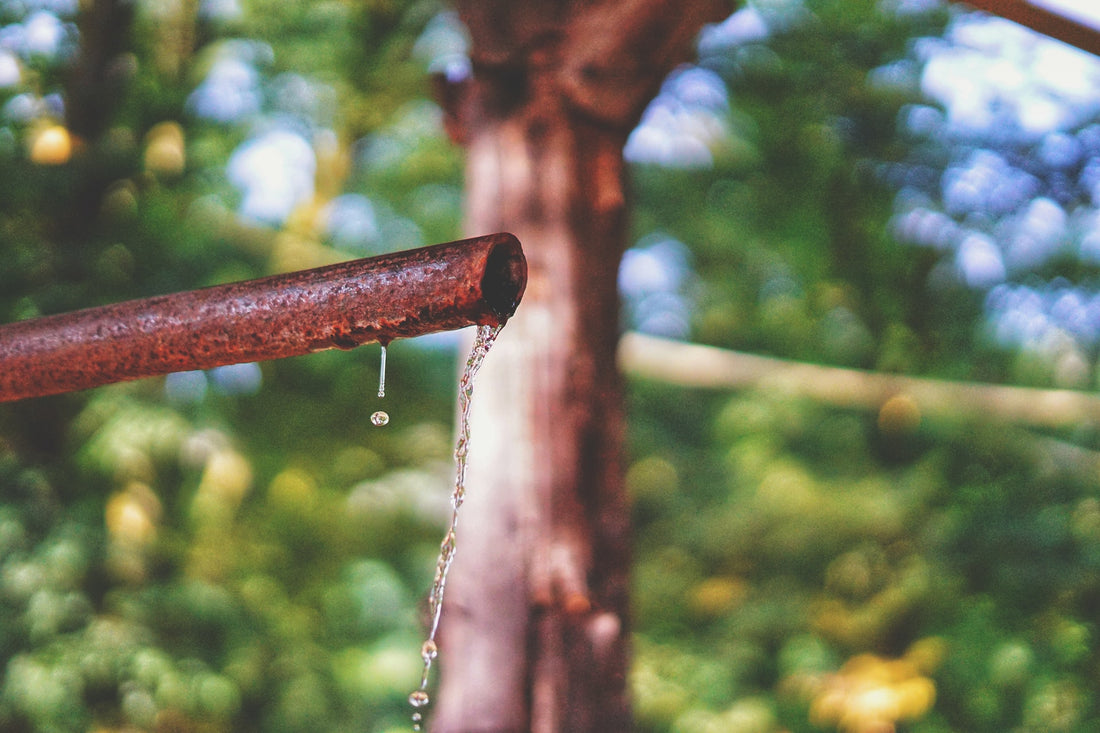71% of the surface of the globe is covered in water.
Approximately 60% of the human body is made up of water.
75% of the human brain is water.
Water is essential to any form of life on the planet.
But even though we need water to live and survive, only 3% of the water on Earth is drinkable water, meaning it can also prove deadly if not handled properly.
From the Erin Brockovich story to the Flint water crisis, every year, scandals involving severe disease and water-linked deaths emerge.
And while some have been long forgotten, others, like the Flint water crisis, are still affecting communities.
In this post, we’ll take a close look at the Flint water crisis and review why it is still an ongoing issue for residents, seven years later.
What’s the Flint Water Crisis?
Back in 2011, the city of Flint in Michigan found itself bankrupt. Over the course of 20 years, it had lost half of its population, mainly due to the closure of its General Motors car factories. And as a result, the city was left with tremendous debt. The governor of Michigan decided to send emergency managers to help find a way to cut costs and restore the city’s financial health. These managers found an efficient way to reduce the city’s expenses drastically: cut costs by saving on water. The idea was for Flint to implement a new regional water system, switching from buying water from Detroit to sourcing it directly from the Flint River.
The switch from Detroit water to Flint River water occurred in 2014. Shortly after the switch, residents started complaining. The water coming out of their tap looked brown, rusty, and dirty and smelt terrible. The city claimed that the water had been tested by competent federal organizations and was completely safe to drink. Yet, an employee at the environmental protection agency leaked a report stating that the water contained, in fact, high levels of lead. The water wasn’t being treated with the appropriate chemicals to prevent the pipes from corroding and releasing lead into residents’ tap water. City officials immediately denied the claim.
It took the intervention of an outside organization led by Virginia Tech months later to prove that the water was, indeed, contaminated with high levels of lead. They concluded that at least 20% of the city’s homes were affected. The effects of lead were visible in highly corroded and rapidly deteriorating home pipes.
In September 2015, the state admitted there was a problem with Flint’s water. Immediately after, in October 2015, water filters were bought by the state and distributed to residents. City officials also decided to purchase water from Detroit again, replace all the contaminated pipes and the state of Michigan started providing residents with free water bottles.
Why is the Flint Water Crisis still an Issue?
Long-Lasting Effects on Health
The reality is that, even though the city immediately switched to clean water, the effects of lead toxicity will last for decades. There is no safe level of lead, and the human body should never be exposed to this substance. That’s because, unfortunately, lead is an irreversible neurotoxin. It’s especially harmful to children as it impacts cognitive functions, leading to developmental delays.
Yet, thousands of residents, including children, were exposed to high lead levels, effectively being poisoned and will be affected for the rest of their lives. Before the crisis, 2.1% of children had elevated lead levels in their blood. After the Flint water crisis, the figure jumped to 6.5% for kids under five years old in the most affected areas. What’s more, three years after the crisis, the literacy rate of Flint for third graders dropped from 41% to 10%.
Strong Distrust
Besides long-lasting health effects on children, at least 80 people contracted Legionnaires' disease due to water toxicity, and it’s estimated that 12 others died from it. Now, the trauma these deaths have caused, combined with a strong distrust for city officials, explains why seven years later, residents still don’t trust Flint’s water supply. Nor do they trust politicians’ assurances the water is now safe to drink.
Economic Consequences
In 2018, Michigan stopped supplying free water bottles, forcing wary residents to spend thousands of dollars every year on clean water to cook, drink and bathe. The city’s response was to replace all lead-affected pipes to allow residents to access safe drinking water again, and the state considered the residents no longer needed free bottled water. However, even though Flint had replaced over 9,900 in-use lead pipes as of December 2020, residents still use bottled water out of suspicion. Many can’t afford the huge cost of using bottled water for all water-related activities and rely on donations, queuing up to get access to free water from churches and non-profit organizations.
High-Quality Water Filters Can Provide an Effective Long-Term Solution
Reverse osmosis water filters, such as our 4-stage RO system, are highly efficient at removing contaminants from your tap water. Our system can remove 99% of heavy metals, including lead, from your drinking water, allowing you and your family to enjoy safe, purified drinking water. At Filtersmart, we also provide our clients with affordable whole house water filters, allowing you to provide your family with safe water from every tap of the house, including the bathroom. So, don’t hesitate to get in touch to discuss your needs.
After all, water is an essential nutrient to your body and you should never have to compromise on its quality.






